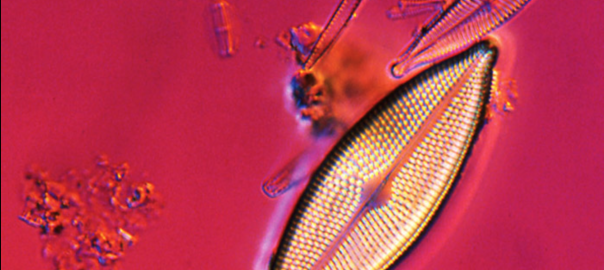Publication
Follows, M.J. and S. Dutkiewicz (2011), Modeling diverse communities of marine microbes, Annual Reviews of Marine Science, 3, 427-451, doi: 10.1146/annurev-marine-120709-142848
Follows, M.J. and S. Dutkiewicz (2011), Modeling diverse communities of marine microbes, Annual Reviews of Marine Science, 3, 427-451, doi: 10.1146/annurev-marine-120709-142848
Monteiro, F., M. J. Follows and S. Dutkiewicz (2010), Distribution of diverse nitrogen fixers in the global ocean, Global Biogeochemical Cycles, 24, GB3017, doi:10.1029/2009GB003731
Barton, A.D., S. Dutkiewicz, G. Flierl, J. Bragg, and M.J. Follows (2010), Response to Comment on “Patterns of Diversity in Marine Phytoplankton”, Science, 329 (5991), 512-d. doi:10.1126/science.1190048
Bragg, J., S. Dutkiewicz, O. Jahn, M. Follows, S.W. Chisholm (2010), Modeling selective pressures on picocyanobacterial nitrogen use in the global ocean, PLoS ONE, 5, e9569. doi:10.1371/journal.pone.0009569. LINK

“Phytoplankton diversity depends on balance between competition and the ocean’s physical dynamics, new research suggests”
By Morgan Bettex, MIT News Office
Read this story at MIT News
Phytoplankton are single-celled organisms that serve as the base of the marine food web and provide half the oxygen we breathe on Earth. They also play a key role in global climate change by removing carbon from the atmosphere and injecting it deep into the oceans.
Scientists study phytoplankton to understand how the tiny plants help transport elements like carbon through the environment. Although they understand much of what phytoplankton do, less is understood about why particular plankton live in particular environments and what maintains the diversity of phytoplankton.
Barton, A.D., S. Dutkiewicz, G. Flierl, J. Bragg, and M.J. Follows (2010), Patterns of Diversity in Marine Phytoplankton, Science, 327, 1509 – 1511, doi: 10.1126/science.1184961
Dutkiewicz, S., M.J. Follows and J. Bragg (2009), Modeling the coupling of ocean ecology and biogeochemistry, Global Biogeochemical Cycles, 23, GB4017, doi:10.1029/2008GB003405
Cermeno, P., S. Dutkiewicz, P.G. Falkowski, M. Follows, R.P. Harris, and O. Schofield (2008), The role of oceanic nutricline depth in regulating Earth’s carbon cycle, Proceedings of the National Academy of Sciences, 105, doi:10.1073/pnas.0811302106
Hood, R.A., E.A. Laws, M.J. Follows and D.A. Siegel (2007), Modeling and prediction of microbial populations in the genomic era, Oceanography, 20, 155-165, doi: 10.5670/oceanog.2007.61
Follows, M.J., S. Dutkiewicz, S. Grant and S.W. Chisholm (2007), Emergent biogeography of microbial communities in a model ocean, Science, 315, 1843-1846, doi: 10.1126/science.1138544